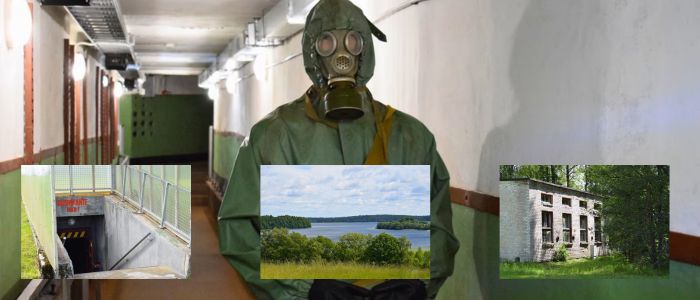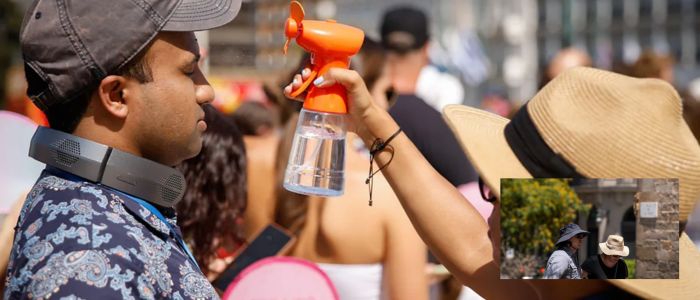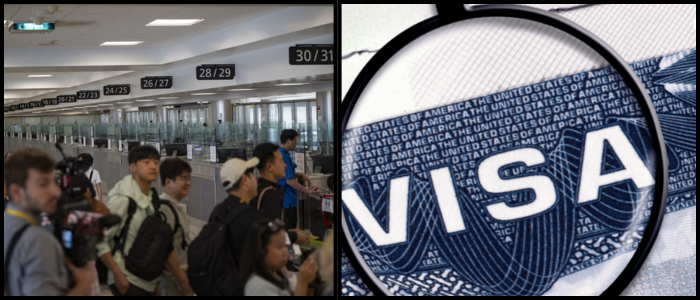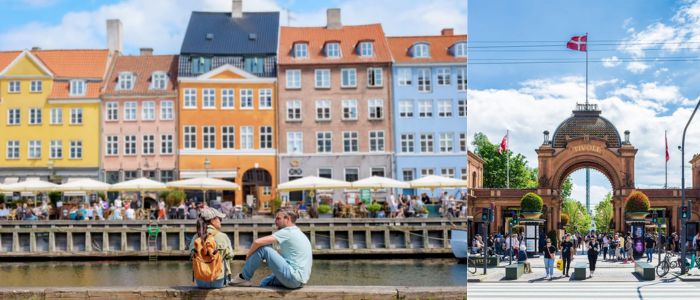Tourism Trickle Begins as Lingering Fears Deter Many The trickle of international visitors who have made it to Egypt's famed pyramids face harassment or worse from vendors hoping business will return.
Families like the Awwals, who came to Srinagar from the desert state of Rajasthan, are once again reveling in Dal Lake's hypnotic silence, riding water bikes and absorbing the crisp, cool air of the Himalayas. Despite the tragedy near Pahalgam on 22 April, which prompted the closure of 48 tourist destinations, people like Shabana Awwal say they were confident travelling.
"We are happy we came. The media blew it out of proportion," Ms Awwal said, explaining that her family had been looking forward to a long-planned vacation away from the smothering heat of Rajasthan.
Some tourists like Deepti and Anuj Gandhi from Jammu too could not be discouraged. "We come here every year," said Deepti, noting that Kashmir remains unparalleled in its scenic beauty and summer activities for families.
Struggling Economically and Not Playing the Season
The April attack had devastated local livelihoods. Hotel owners and shopkeepers, tour guides and shikara boatmen had overnight seen their business dry up. The government shuttered tourist magnets, and many have yet to reopen.
"Tourists are our life. Tourism is our lifeline," said Haji Wali Mohammad Bhat, president of the Shikara Owners' Association. "We're not sure what sin we're atoning for."
Omar Abdullah, the chief minister of Jammu and Kashmir state, described this year's tourist season as a "disaster," a result not only of the attack but of a brief escalation of tensions between India and Pakistan that followed. "There were evacuations going on, tourists walking away and cancellations. We were very close to contention in May," he said.
Tempered Hope, Amid Setbacks
Though the situation is dire, signs of a turning point are appearing. Polish tourists landed in Srinagar this week, and industry leaders such as Ravi Gosain of the Indian Association of Tour Operators remain optimistic. "Tourism was blossoming prior to the attack. There's still time to recoup with further investments," he said, pointing to recent investments in hotels, vehicles and infrastructure across the valley.
More than 23 million tourists visited Jammu and Kashmir in 2023, almost 3.5 million to the valley in 2023. Interest groups are hoping to build momentum in the months ahead.
But even as visitors slowly return and some semblance of normal life is taking root again, the message from Kashmir tourism community is clear: the valley's brittle peace — and economy — hang on the return of its most essential resource: tourists.
Travel
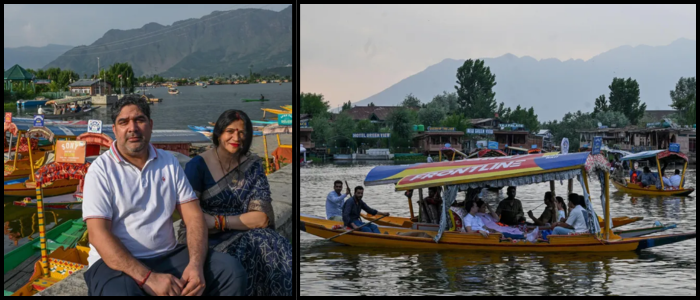
Kashmir Hopes for Tourism Revival After Deadly April Attack

Two months after a pahalgam attack in Indian-administered Kashmir that killed 26 and sparked widespread fear and cancellations, the region is cautiously returning to travel. The valley, which used to be bustling with tourists, is beginning to see a gradual trickle of visitors — a ray of hope for people who make their living from tourism.










